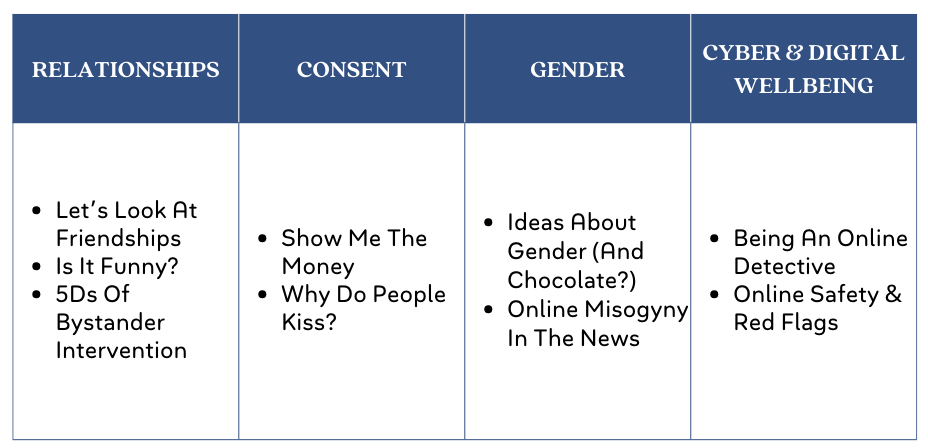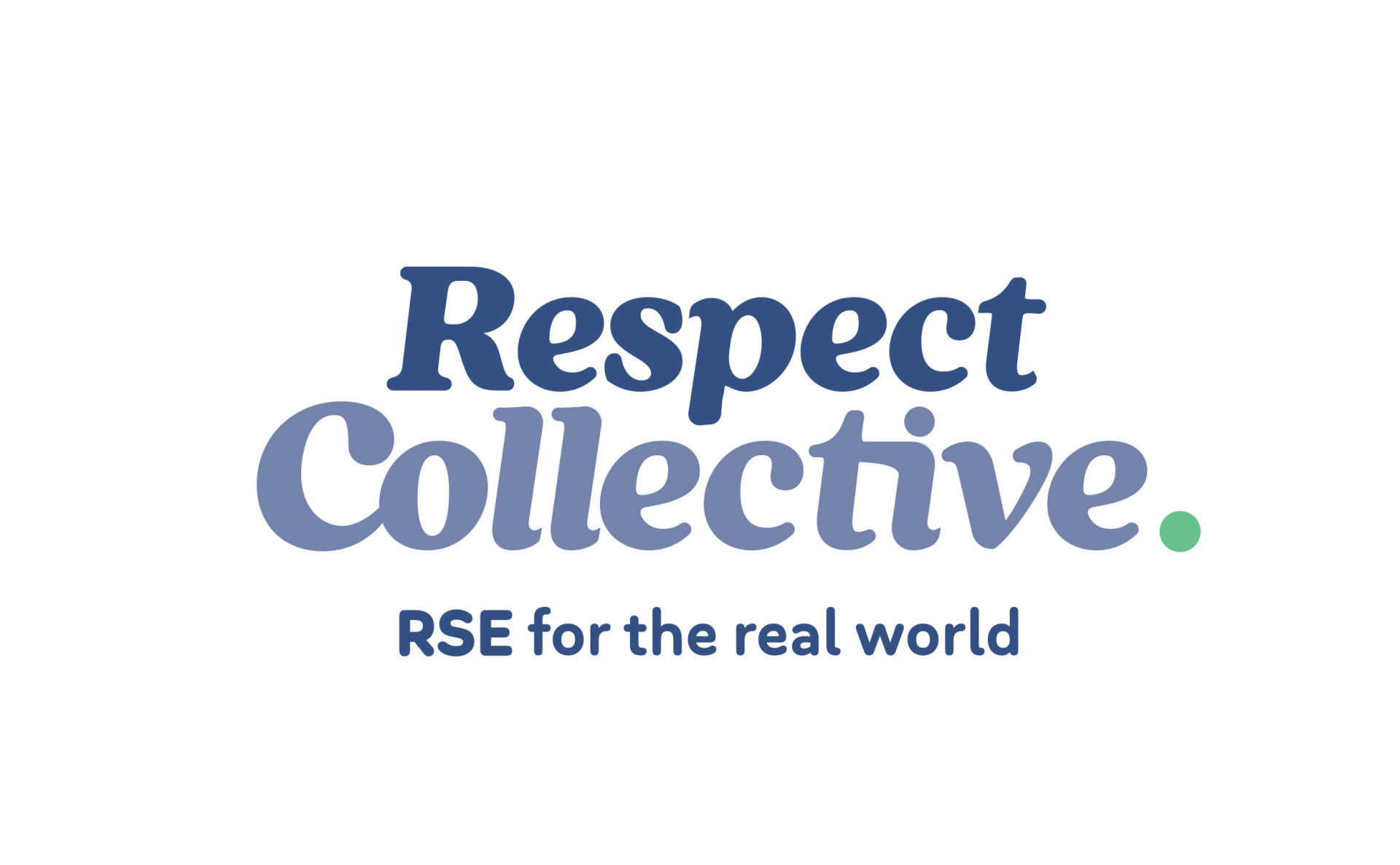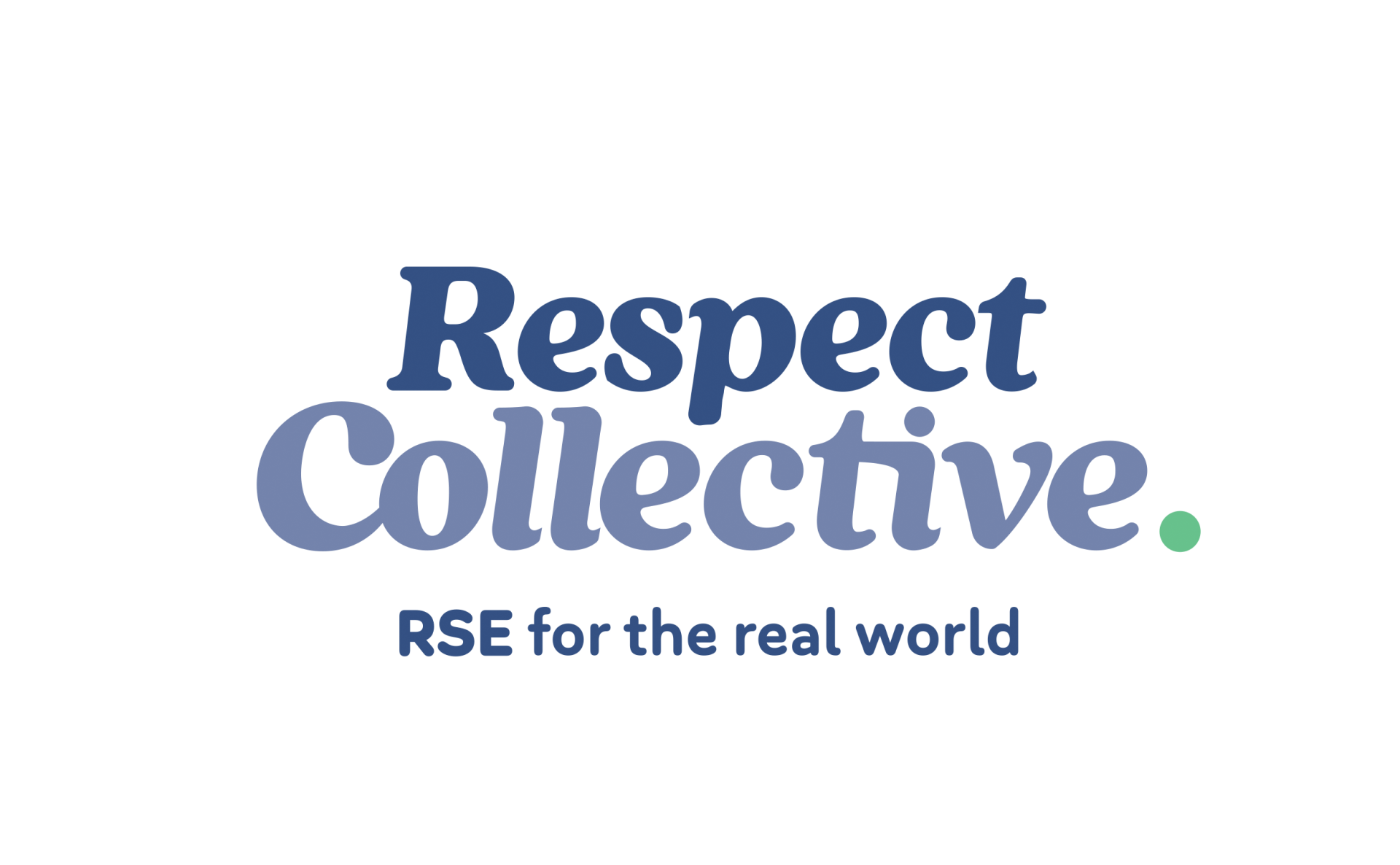This Puberty & Reproduction: A Refresher lesson should be run at the beginning of the year to ensure everyone has a solid foundation and is comfortable with language relating to body parts, changes, and sexual activity.
There are several interactive activities in this lesson along with a number of videos and audio explanations. It is difficult to cover the enormous amount of information relating to puberty, reproduction and childbirth at the best of times. We strongly suggest that you point to key areas on diagrams as the audio explains them. As you become more comfortable with explaining menstruation, conception, fetal development, and childbirth you can adapt the lessons to suit your style.
There are no videos or images of childbirth in this lesson. There are several post-birth photos that show the umbilical cord, a water birth, and a c-section. We recommend you view these first and warn students before showing the class so students who do not like blood or have particular sensitivities can close their eyes.
Each lesson ends with a consolidation activity, inviting
students to list 1 thing they have learnt from the lesson, 1 thing they already
knew, 1 piece of advice they would share with a friend, and 1 adult or
organisation that would be helpful in relation to the lesson topic.


